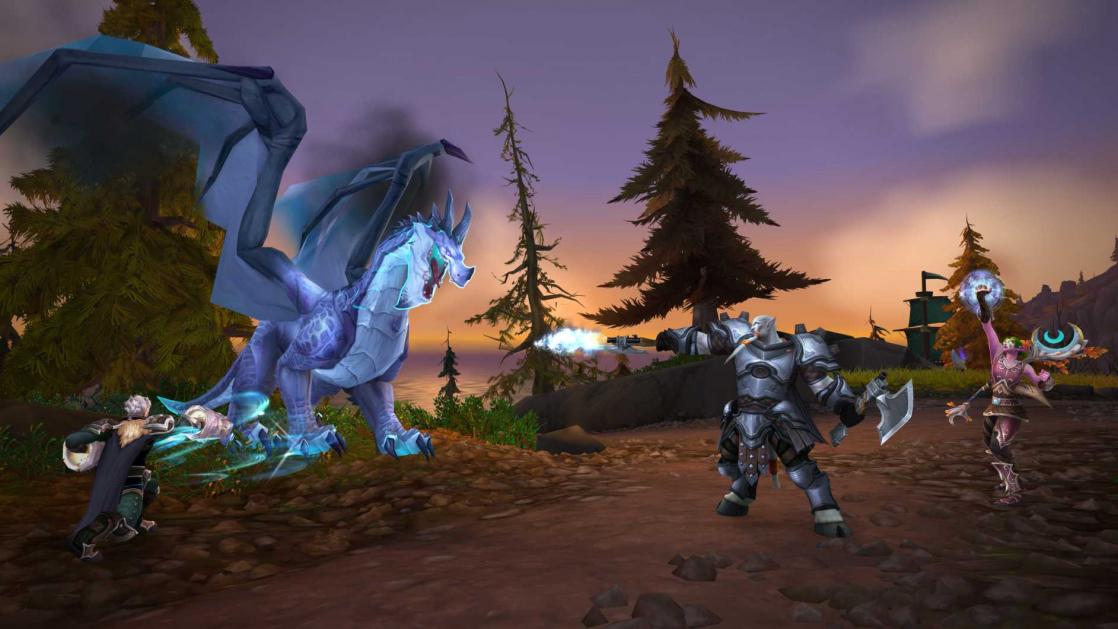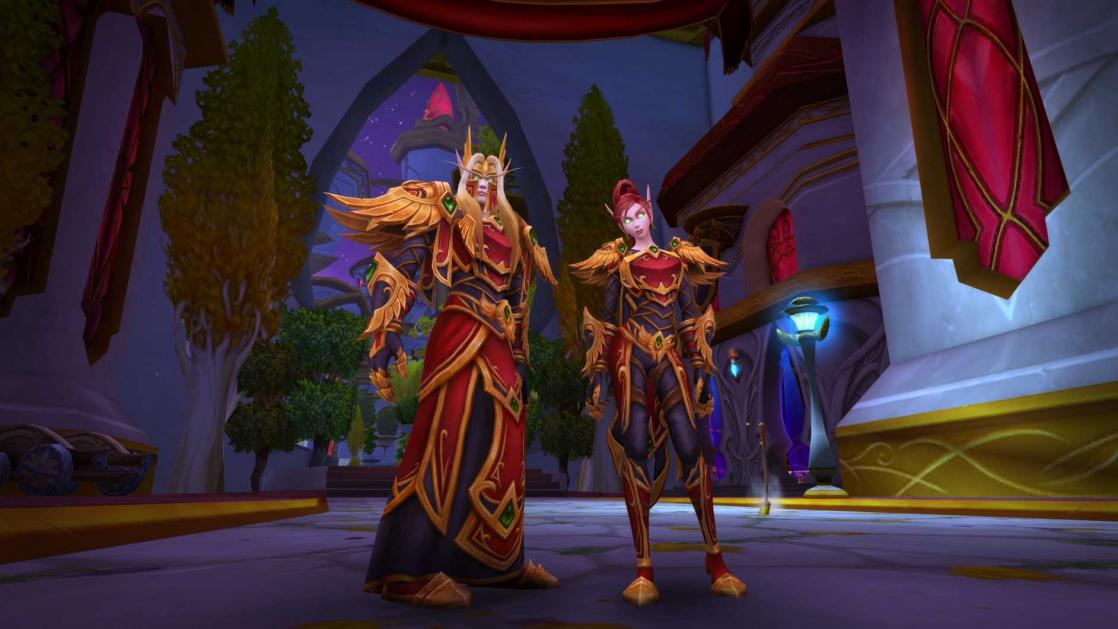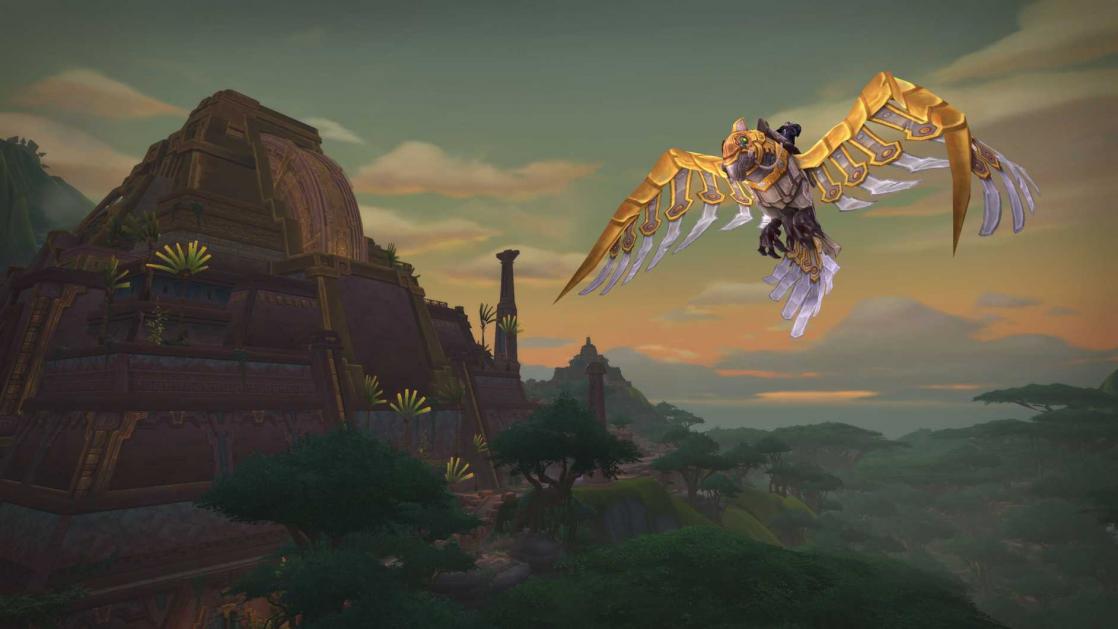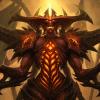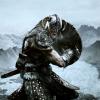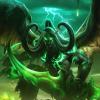World of Warcraft: Online Bestseller
From the time it was first launched, 16 years ago, World of Warcraft has been stunningly successful. In the network role-playing game vein, it offers a sprawling environment intertwining traditional fantasy references with more novel ones.
A Formula that Caught On Quickly
Released in 2004, World of Warcraft, a massively multiplayer online role-playing game (MMORPG), is a direct descendant of titles like Ultima Online (1997), EverQuest (1999) and Dark Age of Camelot (2001). Like its predecessors, it allows players to go straight to the heart of a persistent fantasy-inspired world in which they can head off an adventures together, exploring dungeons and battling monsters in order to snatch their treasures and increase their own power level.
The relatively straightforward principles, inherited from tabletop role-play games like Dungeons & Dragons (1974) which were adopted by early computer games like Moria (1975) and Avatar (1979), reflect the foundations of the vast majority of MMORPG. In addition to being founded on those fundamental concepts, World of Warcraft made itself extremely user-friendly by offering players tremendous freedom of movement and action as well as lush contents that are constantly being refreshed with updates and expansion packs. Produced by the games publisher Blizzard, it soon became the industry standard, passing the milestone of 10 million players in January, 2008, just four years after it was initially released.
Attention to Detail
While World of Warcraft’s success is due in part to its gameplay, it also stems from the wealth of detail in its universe. In addition to the classic components of Tolkien-style fantasy (elves, orcs and dwarves, predominance of magic, etc.), Warcraft’s world includes many original elements (steam engines, interplanetary travel, and more) for an absolutely unique experience. The dialogues, cutscenes, and texts scattered throughout the game all contribute to presenting players with a highly detailed environment. This imaginary world’s geography, history, economy and cosmogony are all addressed, granting the game’s fictional universe tremendous depth and making it extremely compelling.
A Multiplatform, Transmedia World
Development of Warcraft’s all-embracing fictional world didn’t only take place at the game level, however. For several years now, the Warcraft license has included toys, novels, comic books and films, creating a transmedia franchise in which each platform reveals a different facet of the universe. While that dynamic contributes to enlarging the franchise’s marketing audience, it also enriches the content, immersing players even more deeply in a wider fictional world than can be revealed by game-playing alone.
